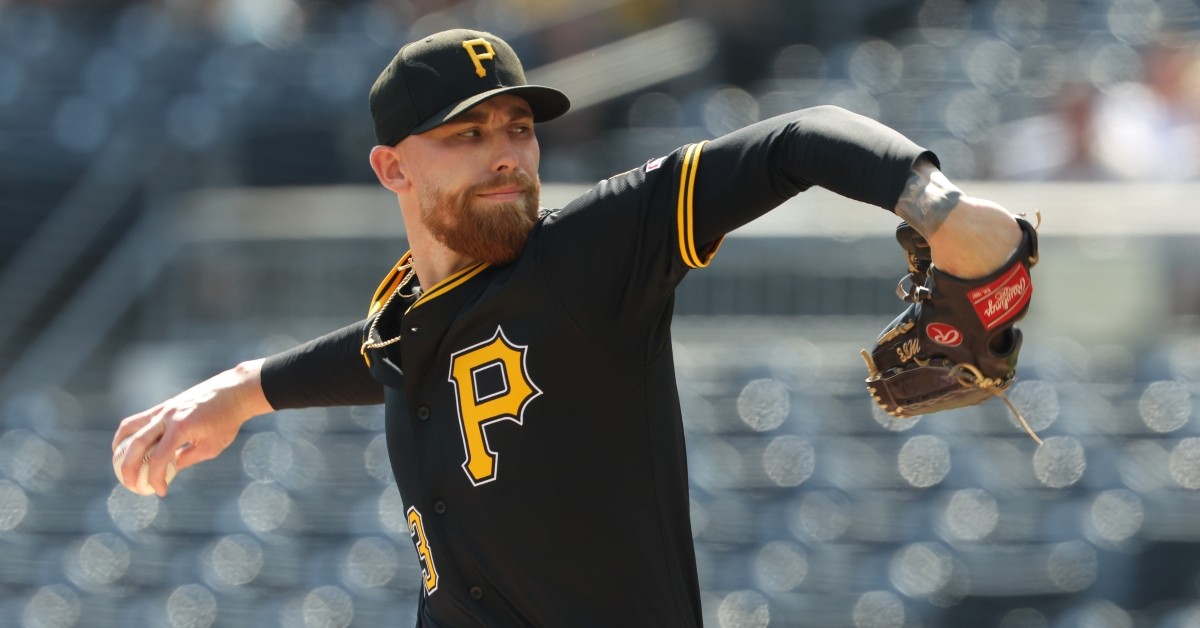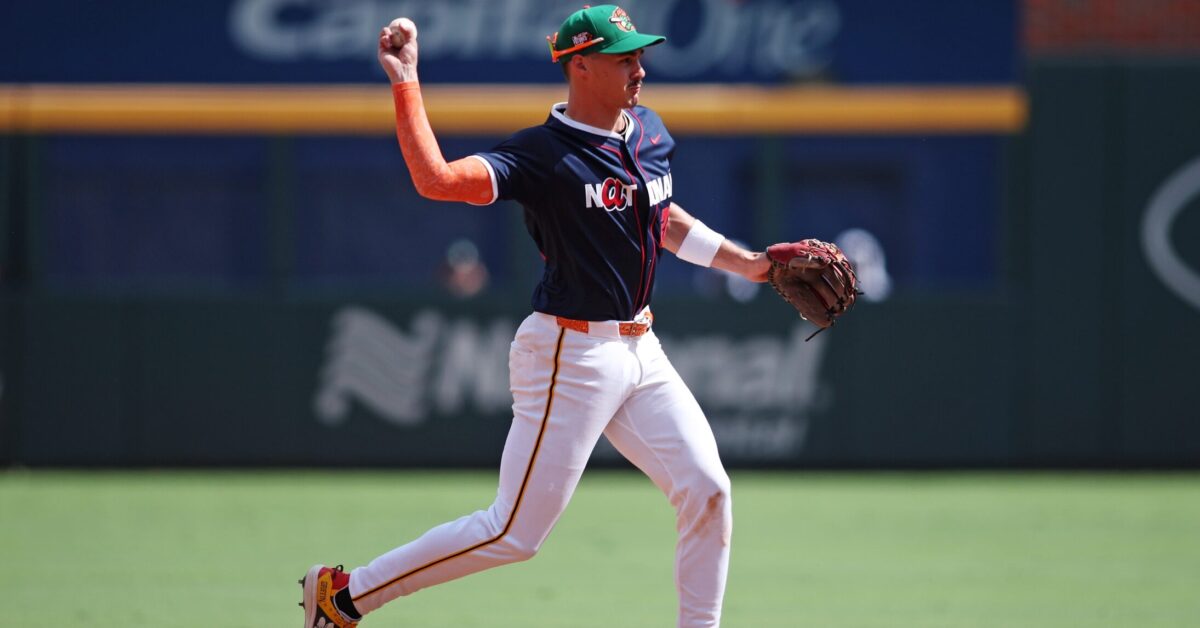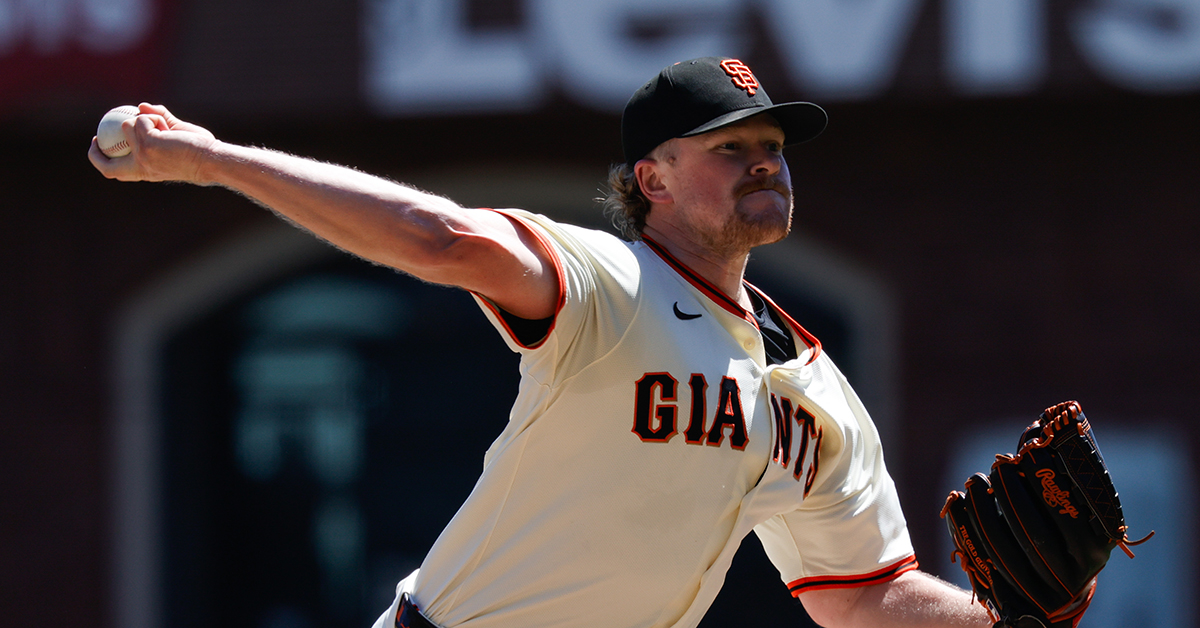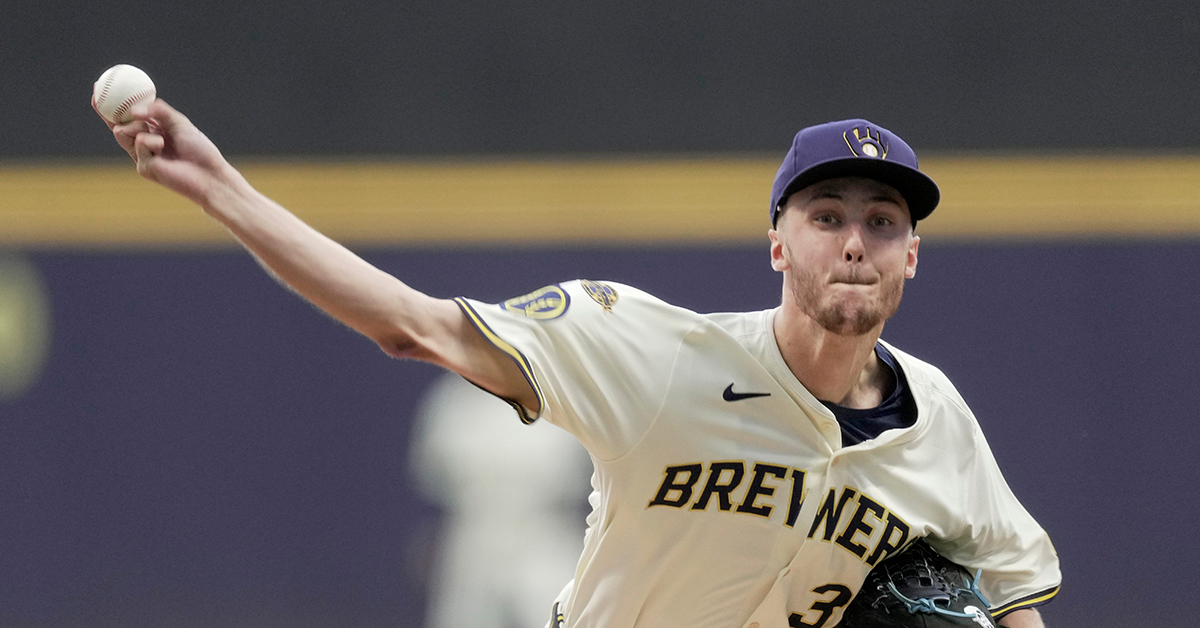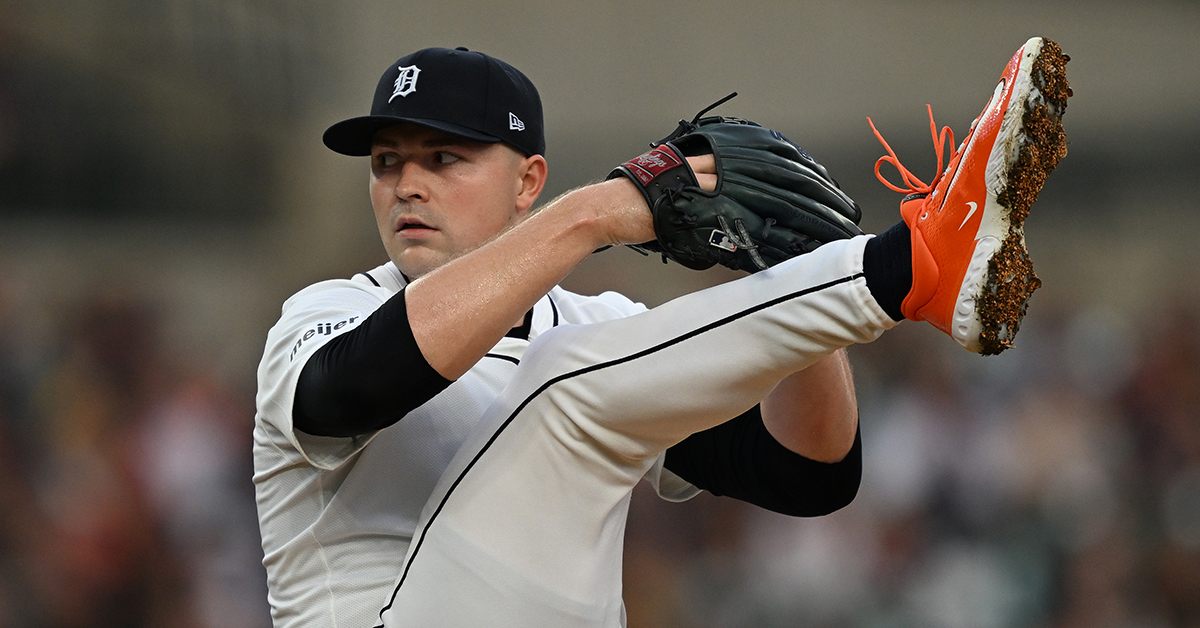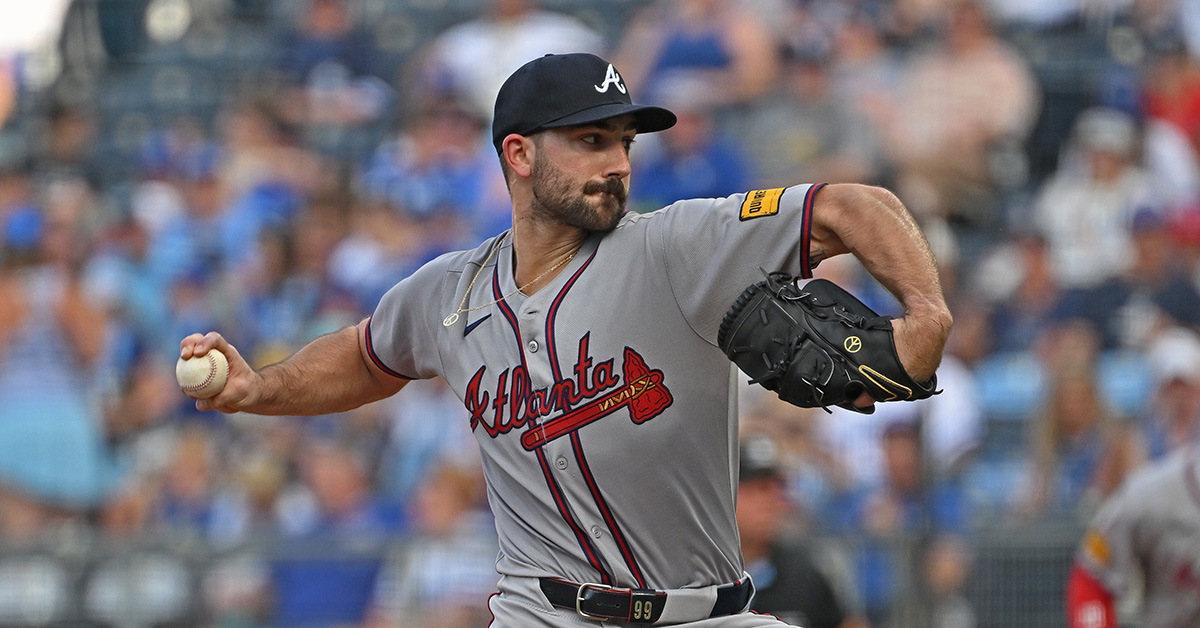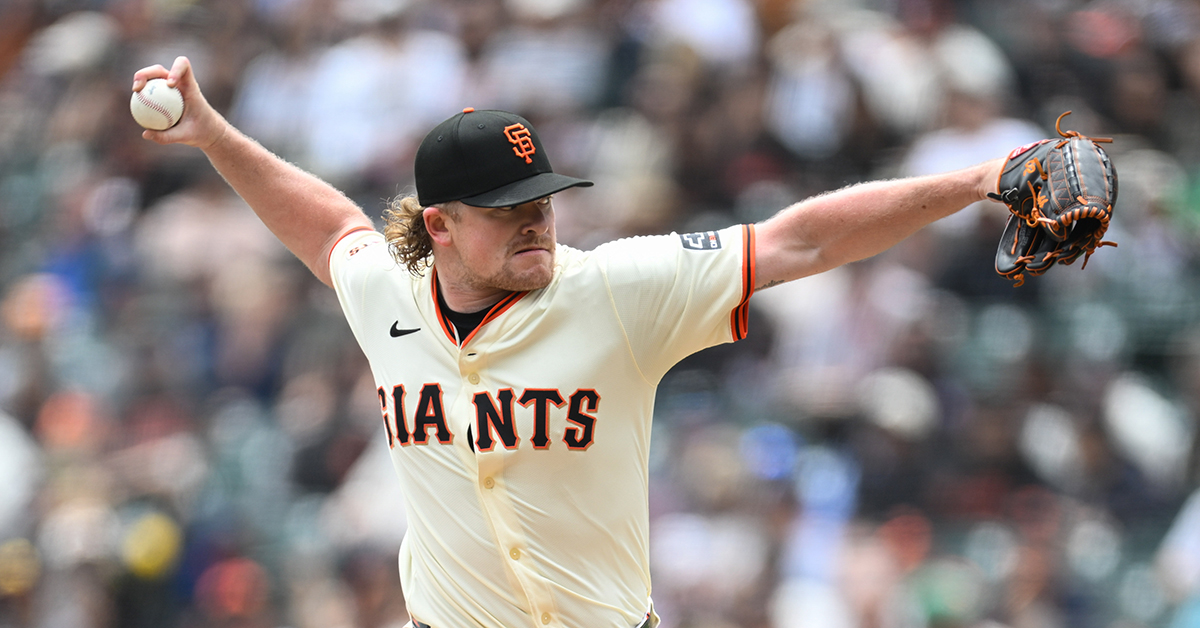Jake’s Mistakes Made, Lessons Learned
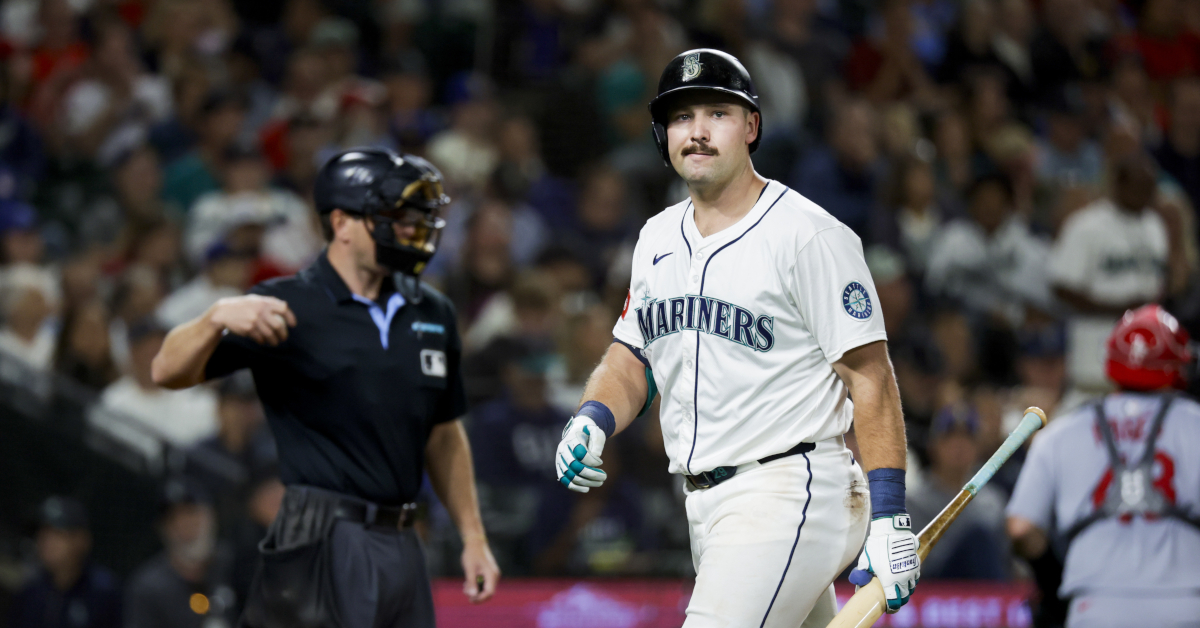
Following in Chad Young’s (and my daughter’s) footsteps, it’s time to look back on some of the mistakes that I made managing my fantasy baseball teams this year. It’s not easy to look back on some tough decisions, especially ones that had a big impact on the standings, but it’s an important part of growing and learning as a fantasy baseball player. I’m sure there are plenty of other mistakes I made along the way this year, but here are five that will haunt me until next season.
9th Place
On June 9, my team in League 13 was in ninth place in the head-to-head standings but fifth place in overall points. There had been a number of unlucky weeks that had sunk my head-to-head record, but I was confident my team would be better over the course of the summer. That week, I spun up a trade with Chad Young and Niv Shah’s team: I got Francisco Lindor and Alec Bohm and gave up Kyle Stowers, Bubba Chandler, Ronny Mauricio, and Connor Norby.
It was a good trade. Lindor directly addressed a need I had at shortstop — Carlos Correa had been my shortstop to start the season but he had largely disappointed up to that point in the season — and Bohm was a solid bat that I could plug in at either corner infield spot. I’ll probably regret giving up Stowers and Chandler, but neither Mauricio or Norby look like they’ll be making an impact in the big leagues anytime soon.
After making the trade, I sort of sat back and waited to see if my team would start rising up the standings. At the All-Star break, I was up to sixth place in the head-to-head standings and still fifth place in overall points. A couple of weeks later when the calendar flipped to August, I had fallen one place in the head-to-head standings, but I continued to sit on my laurels. I wasn’t really looking to make a move and I continued to believe that my team would eventually start playing up to its place in the overall points. A few weeks later, I had fallen another spot in the head-to-head standings and by that time, it was too late to fix anything. I made a trio of sell-off trades at the August 31 trade deadline, feeling pretty disappointed I wouldn’t get a shot to make some noise in the league playoffs.
Mistake: I made a buy-now move early in the season and then didn’t follow up with more additions.
Lesson: I think my position in the head-to-head standings was too dire back in early June despite the rosy outlook my overall points indicated. I tried to straddle the fence between going for it and not giving up too much of my team’s future value. The result was exactly what you could have guessed: a mediocre team not good enough to make a run down the stretch.
0.75 P/G-P/IP Differential
In League 32, I had the best team offense by a pretty wide margin; my team had put up 5.80 P/G through the first two months of the season but my pitching was at just 5.05 P/IP (9th in the league). I knew I needed a few key upgrades to my pitching staff to really challenge for the league championship and I figured I could deal from my deep pool of talented hitters to address that need. On June 2, I swung a trade to try and address that need: I got Willson Contreras, Bailey Ober, and Michael Conforto for Jarren Duran.
At that point in the season, Duran had put up 5.25 P/G, a pretty significant step back from his breakout last year. Ober was mired in a pretty rough start to the season, but I believed in his talent, and Contreras was a pretty big upgrade for me at catcher. It wasn’t a disaster, but the trade definitely didn’t accomplish my goal.
| Player | Before Trade | After Trade |
|---|---|---|
| Jarren Duran | 5.25 P/G | 5.61 P/G |
| Willson Contreras | 4.30 P/G | 5.90 P/G |
| Bailey Ober | 3.91 P/IP | 2.24 P/IP |
Granted, Contreras did outperform Duran over the remainder of the season, and he was a pretty big upgrade for me at catcher, but Ober was a disaster and he was off my roster just a month later. I actually wound up including Ober in a trade for Christian Yelich to fill the hole in my outfield made by the departure of Duran. I finally made a trade for Max Fried in mid-August, but that was too late to really help my pitching staff. I wound up in second place in the league.
Mistake: Prioritized need over talent.
Lesson: I went into that Duran trade looking to address a few specific needs. My team was doing fine but I knew it was a pretty unbalanced roster. I rushed into the trade without looking for a better offer or another target because it checked two boxes, a pitcher and a catcher. When dealing from a position of strength, you don’t need to take the first reasonable offer you see. Take the time to really figure out if it’s the right move for your team.
15 points
In League 1588, I was chasing down the third place team for pretty much the entire summer. First and second had already been decided by August, but third — and a money finish — was just within reach. My team had been lagging behind the IP pace for pretty much the entire season. I started off the season with eight pitchers on the IL and I just couldn’t keep up the pace through the summer.
Entering the final week of the season, I identified 12 pitchers who had good matchups for the final weekend that might make good waiver wire pickups. My team was really tight up against the salary cap, but two or three of those pitchers would have been extremely helpful as I approached the end of the season. I wound up picking up just one of those pitchers for the final weekend — AJ Blubaugh — and then didn’t even start him on Saturday because I wanted to try and hit the soft IP cap on Sunday when I had three pitchers lined up to start. One of those three starters was scratched from his Sunday start which meant I wound up with 1499.2 IP and fell just 15 points shy of third place.
Mistake: I didn’t plan out how and when I would cross the soft IP cap properly.
Lesson: The 48-hour auctions in Ottoneu make streaming starters particularly tricky, especially when you’re counting on those waiver wire pickups to start on certain days. I should have tried to add a handful of pitchers for that final weekend, knowing that I could sit some if needed. Having all the options on my roster would have been much more preferable to the despair I felt when Gavin Williams’s start on the final Sunday of the season was scratched to keep him fresh for the playoffs.
$61 for two SPs
Let’s go back to League 13. I entered the draft with a pretty hefty amount of money to spend and I was looking for three frontline starting pitchers to round out my roster. Within the first five auctions of the draft, I had spent $61 on Yoshinobu Yamamoto ($30) and Roki Sasaki ($31). That was a little more than half of my budget on two players who I assumed would lead my pitching staff in 2025. Yamamoto turned out to be a fantastic value — the Auction Calculator says he returned $39.5 in production this year — but Sasaki was a pretty big disappointment.
Our auction was held in early February, before pitchers and catchers had reported. The hype surrounding Sasaki was pretty high still, even though there were some warning signs from his up-and-down season in Japan in 2024. I wound up ignoring my own advice that I wrote in my pre-season SP rankings: “I get the hype [surrounding Sasaki], but there are enough concerns about his fastball shape, his injury history, and the transition from Japan to the US that I’m pumping the brakes just a little bit.” I had ranked Sasaki in my fourth tier, valued around $15-$20, but paid for him in this league like he was a second tier pitcher.
Mistake: I bought into the Roki Sasaki hype leading me to overpay for him at auction.
Lesson: It would be easy to say “don’t buy into the hype” but it’s hard to stay completely rational in the middle of an auction when bids are flying left and right. Maybe the bigger lesson is to stick with the research and preparation you’ve done ahead of the draft. If I had stuck with the rankings I had put together, I probably would have passed on Suzuki and could have bid on a $11 Kevin Gausman much later in the draft. Even a $20 Zac Gallen or a $20 Luis Castillo would have been better values than Sasaki. Hindsight is 20/20 on those alternatives, but I needed to listen to reason when Sasaki’s salary jumped 50% over where I had him ranked.
43 HRs
This one is a bit of a bonus mistake since it happened in a 7×7 homebrew league, not an Ottoneu league. On May 27, I was in second place in the league and I received an unsolicited trade offer in the inbox: Cal Raleigh for Cole Ragans. I already had Willson Contreras as my catcher and was pretty pleased with him despite his slow start to the season. At that point, Raleigh had clubbed 17 home runs with a 166 wRC+. On the other hand, Ragans had just been placed on the IL with a minor groin strain and his ERA was more than two and half runs higher than his FIP. I considered the offer, but wound up rejecting it, thinking that Ragans’s luck would eventually turn once he returned from his injury.
In the end, Raleigh wound up blasting 43 home runs over the remainder of the season while Ragans would be sidelined for three and half months with a serious shoulder injury. I regret everything.
Mistake: I’m not sure there’s a specific mistake here beyond simply regretting not recognizing the historic season Raleigh was putting together.
Lesson: I’m also not sure there’s any specific lesson here either. Hindsight obviously makes this trade offer look pretty lopsided, but at the time, Raleigh was sixth in baseball with a 166 wRC+ and I thought he might be a bit out over his skis with that offensive line. Ragans was on the IL, but his peripherals looked so good that I figured everything would be fine once he was healthy. I couldn’t have predicted that shoulder injury that he suffered in his first start after being activated off the IL in early June.

